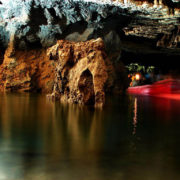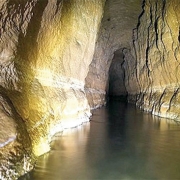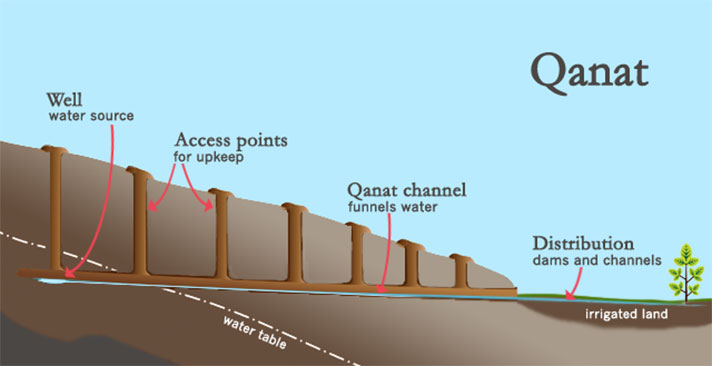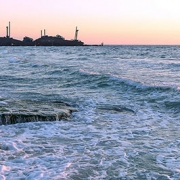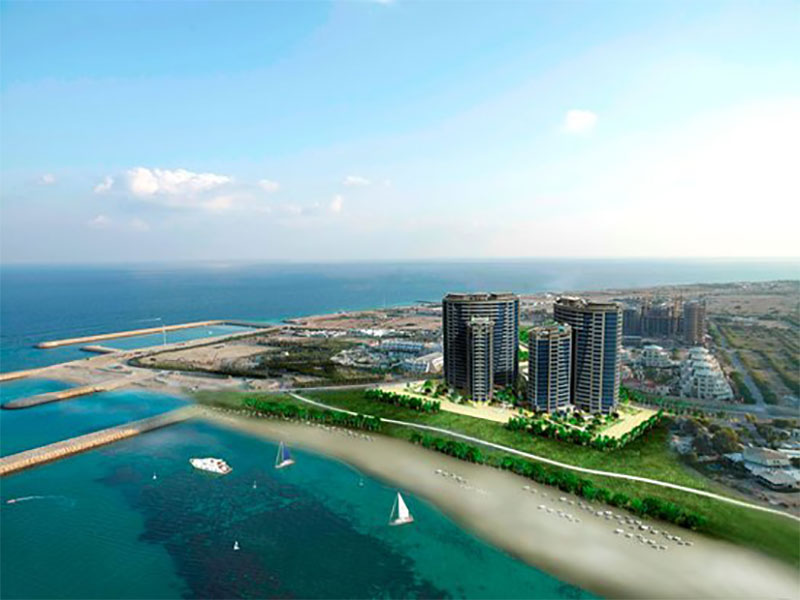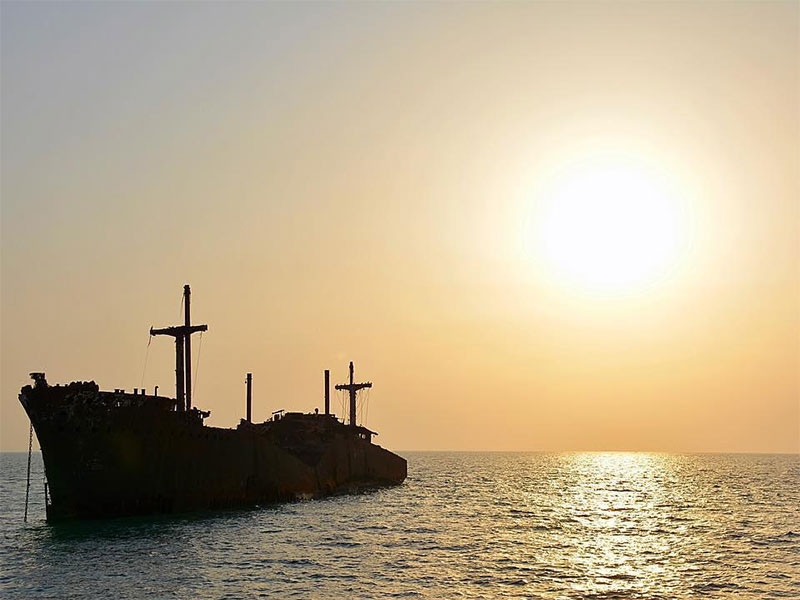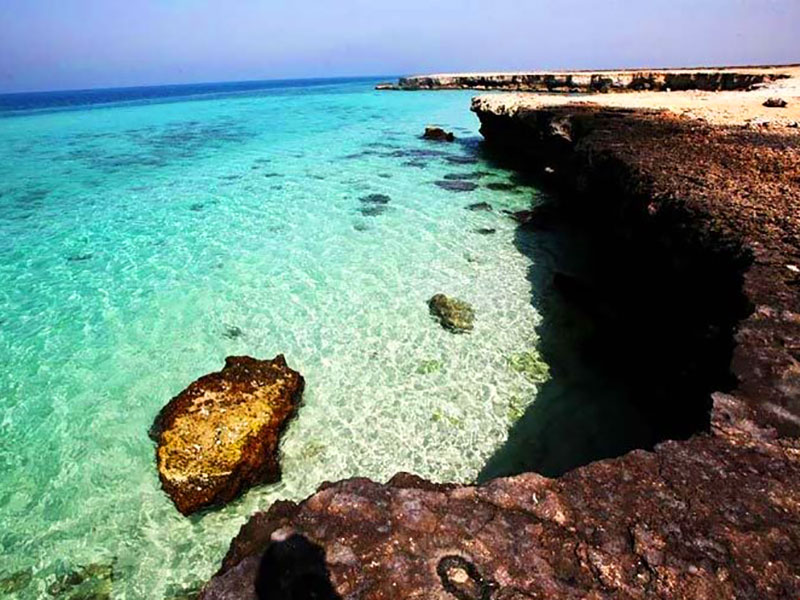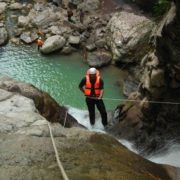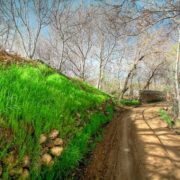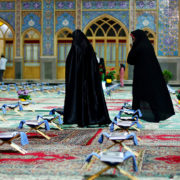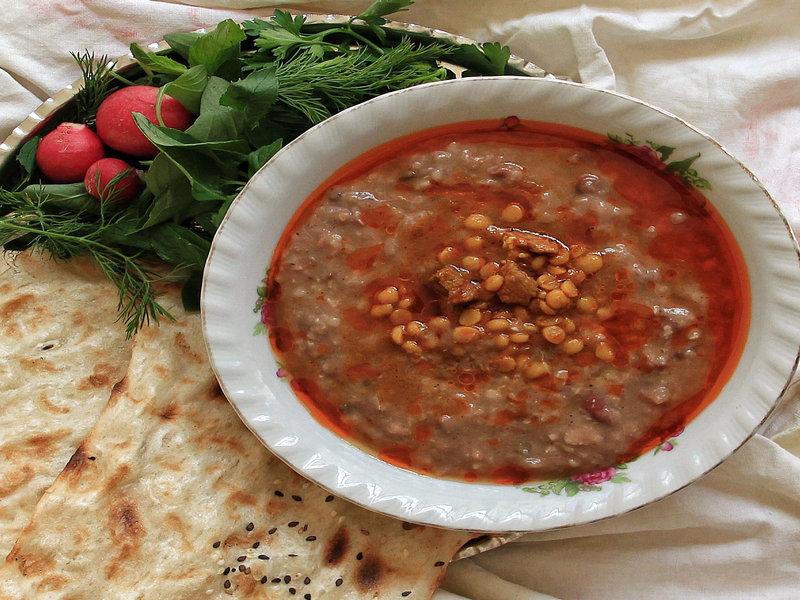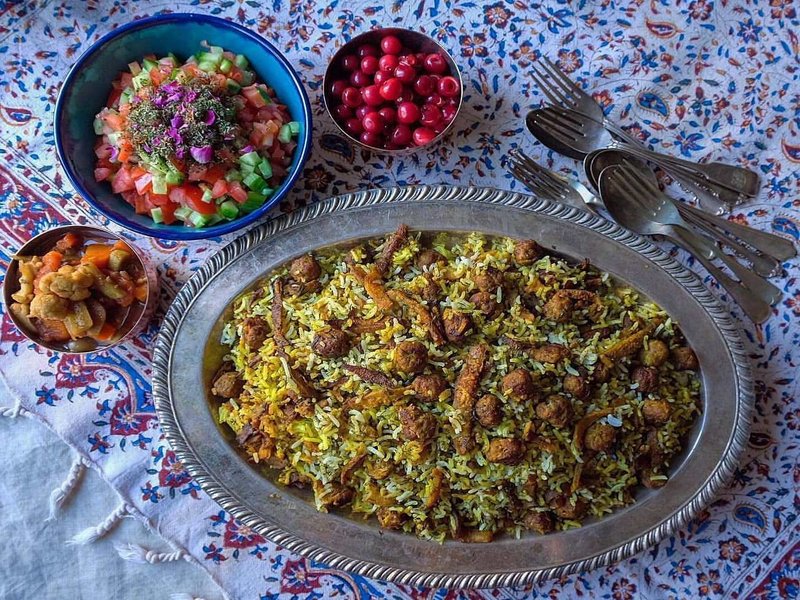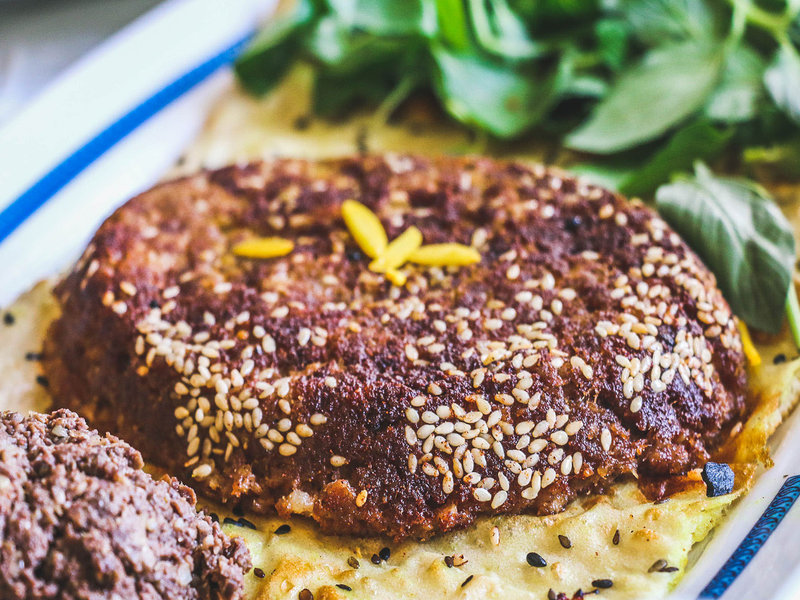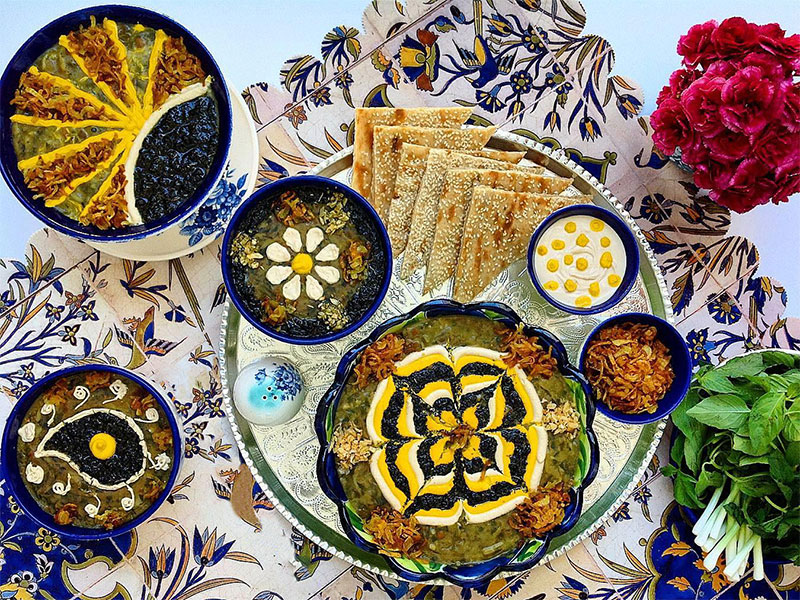Mashhad: A religious city with delicious food
Home to the Holy Shrine of Imam Reza (A.S), Mashhad is the most important religious city in Iran and several Iranians and Muslims travel to the city during the holy month of Ramadan. Sheshlik Kebab, Shole Mashhadi, and Dizi are some of the renowned dishes served in Mashhad during the month of Ramadan.
Don’t miss Shiraz’s Baq-e Eram and Shah-e Cheragh Shrine!
Baq-e Eram or Eram Garden is one of the crowded places during Ramadan in Shiraz. The traditional coffee houses around the place serve Iftar during Ramadan. On the eve of Ramadan, the ninth month of the Islamic calendar during which Muslims fast, the Shah Cheragh shrine was cleaned and dusted due to an old tradition to get prepared for the pilgrims during the holy month. Aash-e Sabzi, Aash-e Karde, and Kalam Polo, as well as Tare Halva in Shiraz, are also amongst the favorite cuisines served during the holy month of Ramadan in Shiraz.
Break your fast on the Zayanderud riverside in Isfahan
Most people in Isfahan break their fast with their families by going for a picnic near the Zayanderud River. Halim made of lentils and milk, Mast Stew, Beryuni, Halim Bademjan, and Shole-Qalamkar are traditional Isfahani cuisines served during Ramadan in Isfahan’s restaurants.
Try local foods in Tabriz!
Imamzadeh Seyyed Hamzeh in Tabriz and El-Golu Park is a popular hangout during the Ramadan month in Tabriz. Imamzadeh Seyyed Hamzeh is one of the religious centers in the city and people flock to it during the holy month of Ramadan. Aash-e Shir is one of the cuisines served during Iftar in Tabriz. Other traditional cuisines of Tabriz include Kufteh, Dolmeh, Aash-e Abghureh, and colorful jams, which are served at the city’s restaurants.
Grandma’s Aash in Rasht, a good appetizer for Ramadan
If you decide to travel to Guilan Province during Ramadan, do not forget the traditional neighborhood of the city: Chellehkhaneh. There is a famous cooking center there named Grandma Aash, which serves Aash with locally grown vegetables. There is also a famous sweet named Reshteh-Khoshkar, which is made of fried rice paste and served in confectionaries and restaurants throughout the city.
Qazvin and renowned Halim
There are several tourist sites in this city that amaze visitors. However, don’t forget to eat Obey Zakan Halim during your sojourn in this historic city. Sholeh- Zard, Aash-e Dough, Ashe- Reshteh, Shir Berenj, kheer, and Ranging are some of the alternative cuisines served during the holy month of Ramadan in Qazvin.
Are you planning to travel to Iran? Check out our Iran tours. Maybe you will find interesting Ramadan in Iran.

